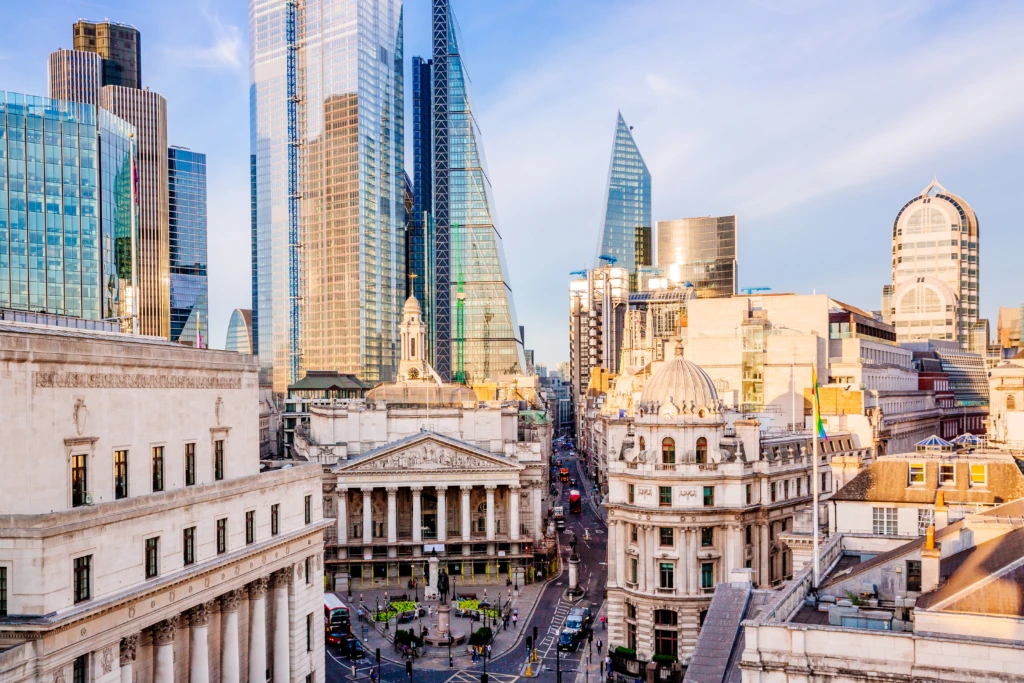
The future of “smart” cities starts with people, not technology

I love cities. I’ve been fortunate to live, learn, and work in some of the best in the world. Cities are hubs of cutting-edge technology and human productivity. But they also have rich histories, beautiful architecture, and complex cultures. Cities are places where the old constantly meets the new. For me, the creative energy that comes from cities is inspiring and exciting.
Still, over the past decade, we have seen some ambitious “smart cities” projects fail. Sometimes technology is treated like a science project, rather than being tied to a specific problem. And sometimes cities aren’t set up to support these projects because they do not have the right people or processes in place. In my experience, data must be at the center of the conversation. Too often it is a secondary consideration.
Technology as an enabler
What makes a city “smart”? It isn’t technology, as such. It’s the degree to which technology gives residents better lives, thriving businesses, and governments that provide great service. The success of smart cities rests on our foresight to build for accessibility, and solutions that can adapt as conditions and priorities change. Urban planners, politicians, civic-minded organizations, and scholars have been working on these solutions for decades. But the scale today is larger than ever.
In 2018, the United Nations Population Division reported that about 55 percent of the global population lived in cities. It projected that by 2050 the number will rise to 68 percent.1 As city populations continue to grow, we must support increased demand.
But it is not just a matter of population growth. Sameh Wahba, global director for urban resilience and land practice at the World Bank, put it plainly: “COVID-19 has laid bare many of the problems and inequities in cities and amplified the devastating health and economic impacts of urban poverty around the world. Cities are also on the frontlines of the global fight against climate change, which means they also can be at the center of a green, resilient, and inclusive recovery. Cities provide an escalator out of poverty if they are planned, managed, and governed well. But this is easier said than done and will require sustained and concerted global effort.”
With hundreds of millions of people moving into cities in the coming decades, a failure to invest now in the next generation of digital infrastructure and government could mean those millions go underserved. The good news is that new technologies can meet the rising scale and levels of demand and in many cases, are already doing so. For example, the city of Stockholm quickly realized the value of using 3D visualization to engage inhabitants in the urban planning process.
Planning for the future
To succeed, we need to plan with our past and present cities in mind. The future of cities lies in blending new technologies with existing infrastructure to tackle tangible, pressing issues such as environmental sustainability and economic opportunities.
A recent ESI study found that sustainable cities are also leaders on data. After all, cities are complex places. Understanding them requires managing large volumes of data and harnessing the compute power necessary to deliver real-time insights. Decision-makers must be armed with accurate, consistent data and work closely with members of the community to understand the needs of residents and businesses. They also need to communicate the positive impacts of the work that might go unnoticed, such as increased energy efficiency.
Successful smart cities will build a strong, flexible, digital infrastructure that integrates new technology into existing structures. Successful plans rest on three principles:
- Building for people—the impact of the work on real people must be at the forefront of any decision-making.
- Enabling creativity—solutions should be a springboard to public and private sector creativity and productivity.
- Solving real problems—let real issues, not a desire to implement a particular technology, guide your priorities.
Making an impact
I vividly remember the first time I set foot on the New York City subway and the realization I had of just how important the system is to city life. Years later it became a central part of my daily routine.
Mobility is one of the most prominent urban issues in recent years. And for good reason—it touches all the important elements of urban living. Moving around the city easily is vital for the people who live there. Mobility generates tremendous amounts of data that can help cities manage themselves. As climate change looms, switching rapidly to efficient, sustainable solutions for mobility is imperative. When someone steps on the subway, they might not have all of that in mind. But it is up to governments to get them where they need to go while responsibly protecting our environment.
For me, there are three central ingredients that will ensure a successful practical implementation of technology in our cities:
- Truly representative data that enables better and more equitable decisions.
- Security first, to protect privacy and build trust.
- Sustainability in all things as a unifying goal across projects.
Building future cities
Our cities will thrive in the future by building and upgrading infrastructure that makes urban spaces work for everyone. Employing the right technology and tools will help us solve the problems right in front of us, as well as the ones coming down the road—and enable future generations to tackle the issues we have not even thought of yet. In the same way, our cities are a place where old meets new, they are a place where the present will meet the future and that means action cannot wait.
Learn how the cities of London, United Kingdom and Bogota, Colombia are building for the future, and visit our website to learn more about the way in which Microsoft is enabling governments and empowering citizens around the world.
References:




